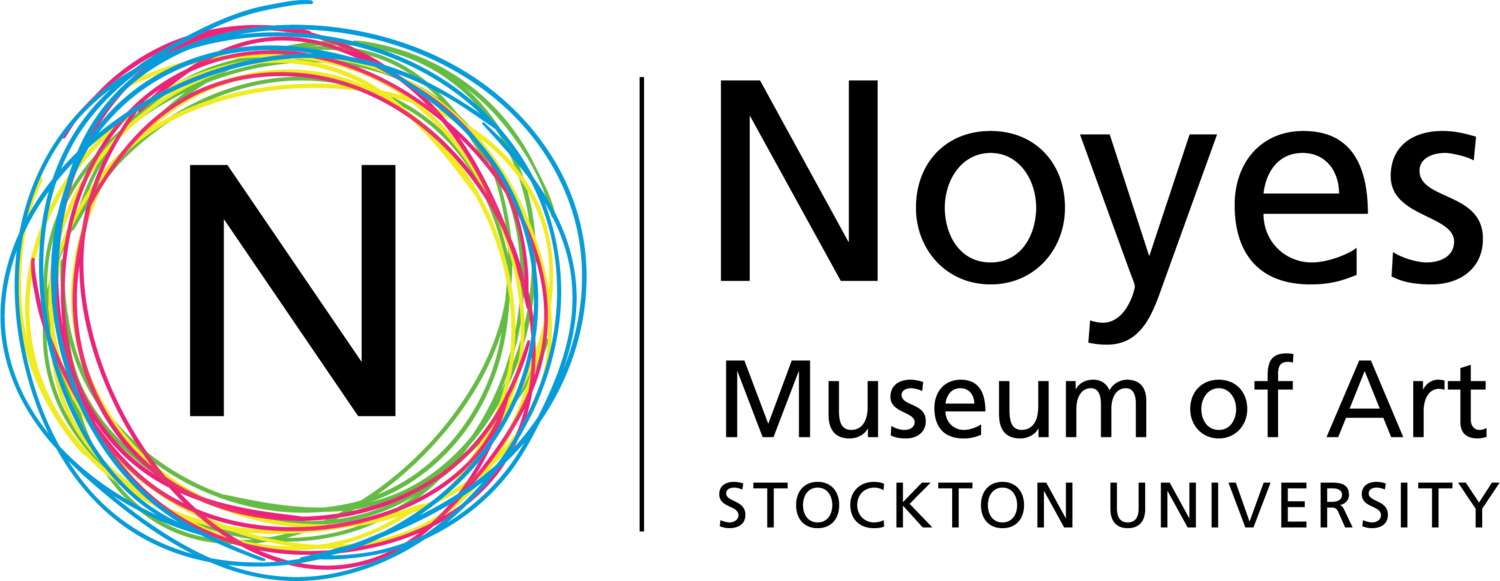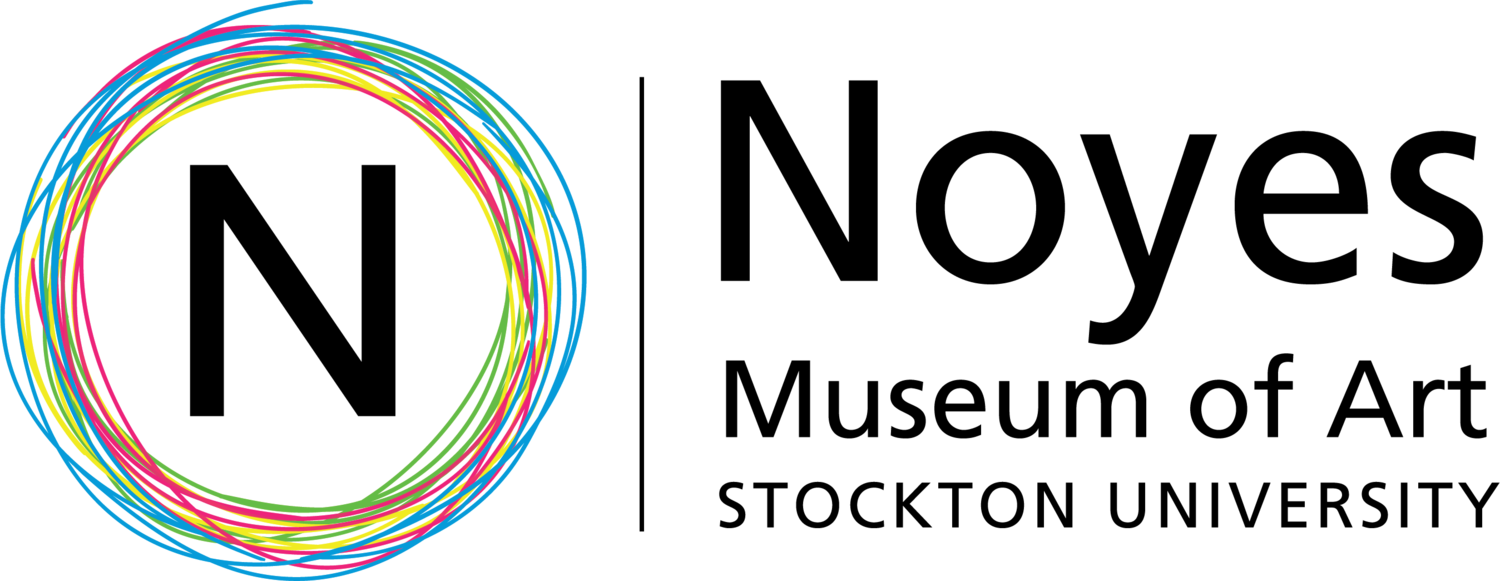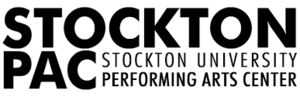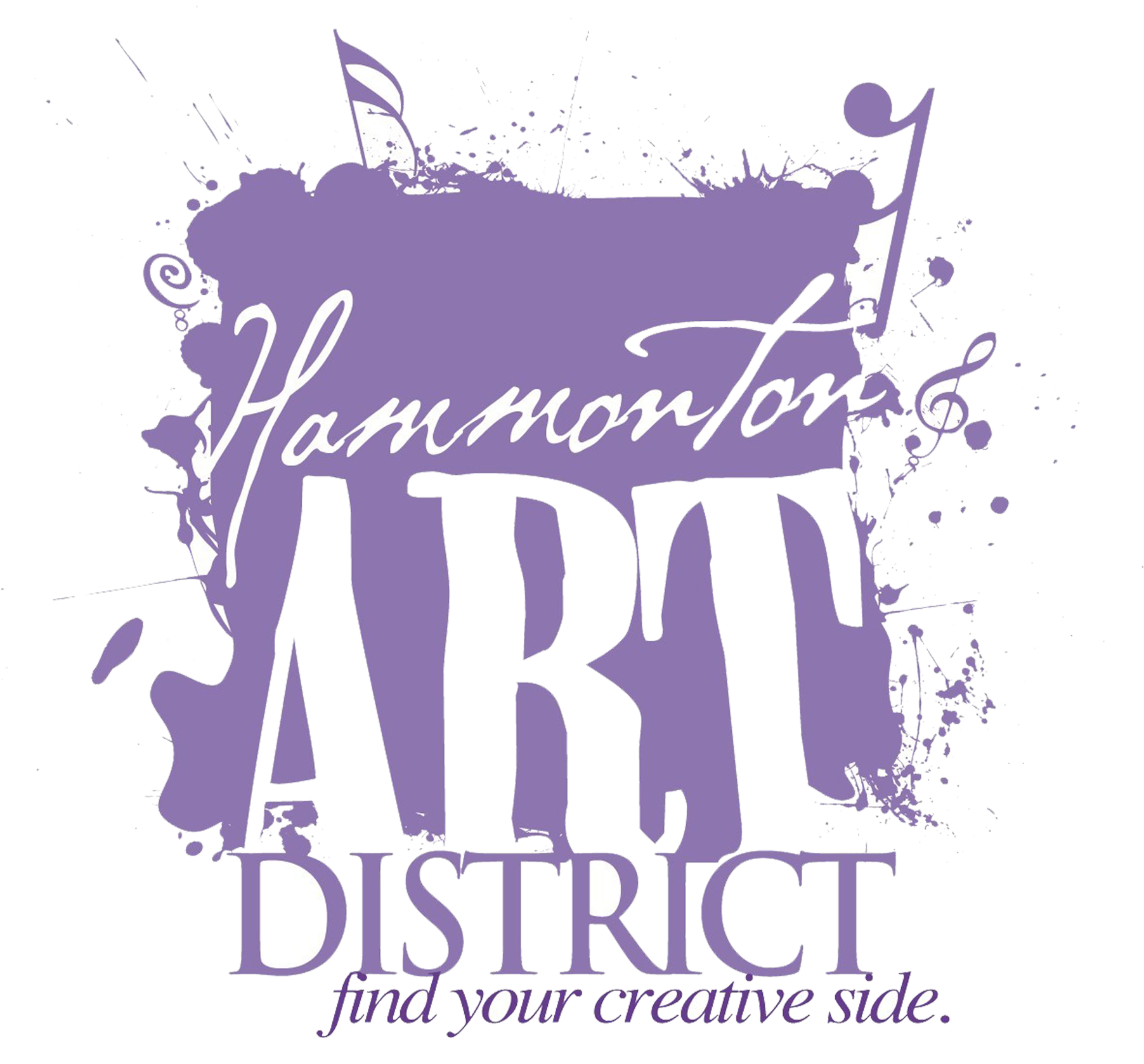Rimantas Plungė
Kaunas, Lithuania
About the Artist
Prof. Dr. Rimantas Plungė has been teaching future specialists and artists of contemporary media, creative industries, communication, information technology and art pedagogy for twenty-four years. He regularly leads groups of lecturers, artists and researchers at Lithuanian universities that form new directions of studies and raise new ideas of new media art and communication. The activities of Plungė are related to the launching of new specialties, new study programs, new study, research departments and their successful work at Lithuanian universities and schools of higher education. His work as an organizer of studies has left a significant mark on the history of Šiauliai University (Šiauliai, Lithuania), Šiauliai State College (Šiauliai, Lithuania), Kazimieras Simonavičius University (Vilnius, Lithuania) and especially Vytautas Magnus University (Kaunas, Lithuania). The long-term experience of the lecturing provides the possibility to share his experience as a specialist in contemporary media, media art, communication and technology with students from various universities in Lithuania and abroad. Since 2001 Plungė regularly gives lectures at universities and colleges in Austria, Denmark, Portugal, Spain, Latvia, Great Britain, USA, Estonia, Poland and other countries.
Dr. Plungė successfully educates students, engages in organizational activities, as well as seeks constant improvement: from 2008 to 2020 he has been to study and training visits in the USA, Estonia, the United Kingdom, Poland, France, Austria and elsewhere. In addition to his academic and organizational activities, Dr. Rimantas Plungė is well known as an experimental artist and a publishing researcher. He has participated in more than sixty group exhibitions (in Lithuania, the United Kingdom, the Netherlands, Croatia, Italy and elsewhere) of numerous art projects and has held 24 solo exhibitions and video screenings (in Lithuania, Denmark, the United Kingdom, the USA and Croatia). He constantly promotes research in contemporary media and media art studies and conducts seminars for contemporary media art, communication, IT and marketing employees. It will not be an exaggeration to claim that the work of dr. Rimantas Plungė as a lecturer, a contemporary media artist and a media researcher defines him as a most significant figure of contemporary Lithuanian culture.
About “Painting Lesson (decisive moments)”
Plungė’s video talks about the author's desire to understand which moments are important, reflective or can be identified as “decisive” moments. Often the most important moments of life are not solemn, memorable, but most of times are simple, often their latent action justifies life events: it shapes our attitudes, dictates our feelings and engulfs our memory. We acquire the self precisely because of them. Memory provides continuity of personality, and the image creates reflections - often blurred, inconspicuous, but no less important. Notions, forms, images, unlike texts, are magical, not didactic. They don’t show, but they reveal, they don’t tell, but works in our imagination. In this way, the viewer becomes a part of the work, because for him the work dictates its content, which does not indicate, but rather evokes the viewer's experience.
The author of this video work studied painting, so the expression of digital painting is very important to him. The images are generalized, blurry, but real and eloquent. They get rid of the meticulous, didactic display and yawning, but due to the generalizing fusion, they become cleaner and uplifted.
The author captures, sorts, compares and presents moments to the viewer. These are important moments for the author, so video sequences of moments can be difficult for the viewer to read, sometimes mysterious, sometimes seemingly provocative, but most often cozy and open to the viewer. Video sequences do not form a narrative or tell a story. The only thread that connects the sequences of frames is the author of the work himself. It is his individual experience that creates the author’s mythological field, which sometimes brings us back to digital reality - the video glitches and digital crisps remind us that this is not a presentation but a representation. Despite the ever-visible shortcomings of digital video, the immediacy of audible digital audio noises remains and the author invites you to experience, even though there is nothing behind the screen just for you.












